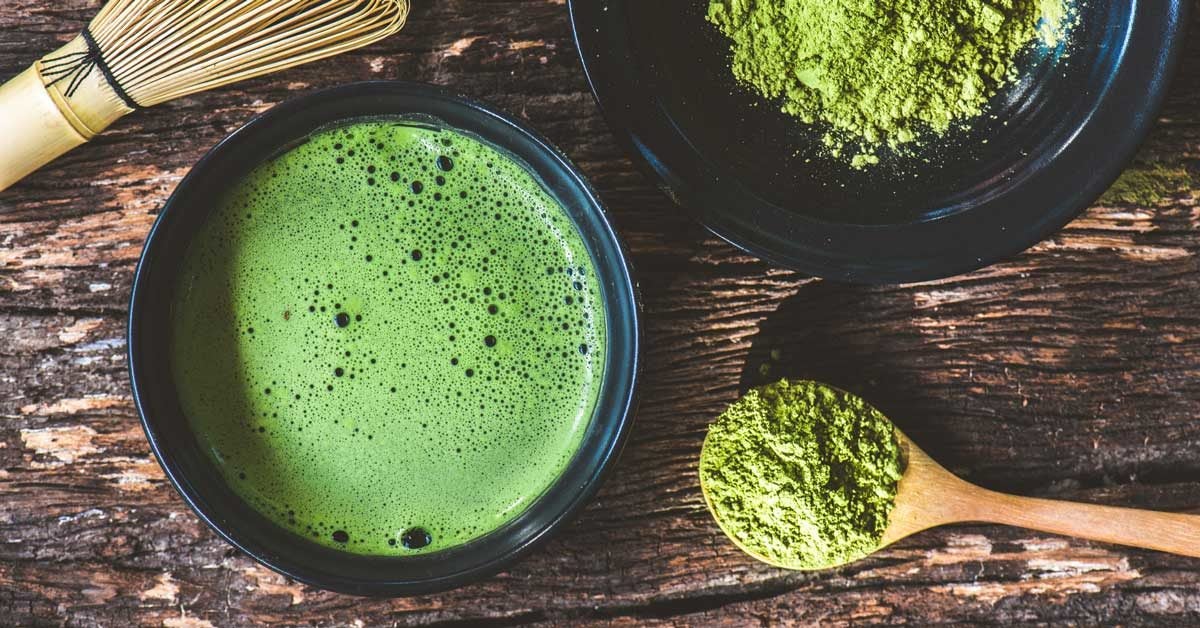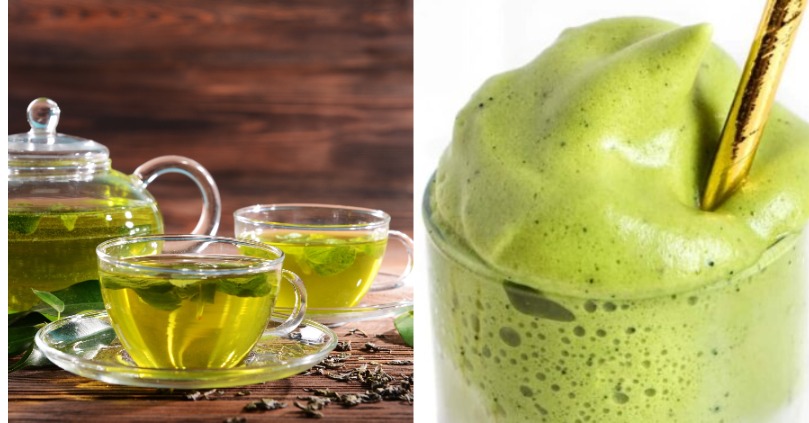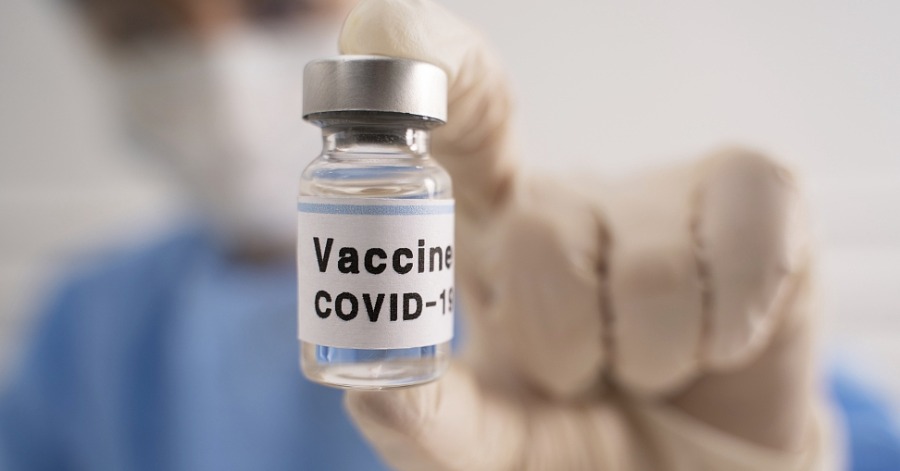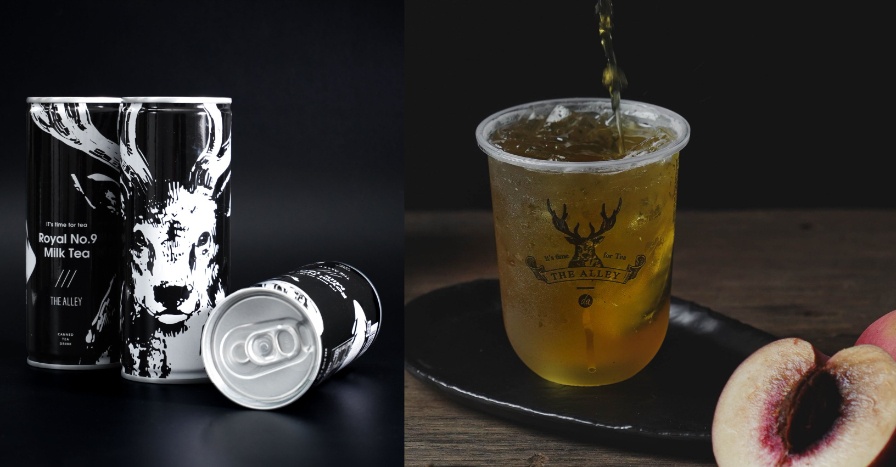Matcha and green tea have almost the same taste and color where it is produced from the same plant which is the Camellia Sinesis tree. But why are the two different? This is because matcha and green tea are two different products.
However, you know that green tea and matcha do not really have differences in some aspects:
1. Texture

Matcha has a powder-like texture and a soft taste when touched, while green tea has a rough leaf-like texture.
2. Color

Matcha has a lighter green color than the green tea looks brown and dull. The bright color comes from high levels of chlorophyll and polyphenols.
3. Flavour

Both can be said to have a slightly bitter taste but the taste of matcha is stronger. It is always mixed with milk or sweetened milk to make a matcha latte, as sold in cafes. Meanwhile, green tea has a fresher and lighter flavor.
There is green tea mixed with ingredients while it is being processed to add flavor to flowers or fruit on green tea such as honey, jasmine, peach, citrus, and ginger.
4. Process

To produce quality matcha powder, only quality green tea is selected and harvested by hand. Tea grass is protected from the sun for 20 to 30 days before harvest.
This protection from the sun will increase the chlorophyll content and make the green color darker and increase the production of amino acids. The stems and veins of the leaves are removed and then ground using stone to form matcha powder.
As for green tea, the leaves are rough as if they were ground and mixed with hot water until fluffy.
5. Nutrition

Matcha has higher nutrients rather than green tea. One cup (237 ml) of green tea, contains only 25mg of caffeine.
Here are the benefits of green tea and matcha:
- Enriched with antioxidants
- Helps to lose weight
- Makes individuals feel calmer and awake.
Sources: Roots of science









Leave a Comment